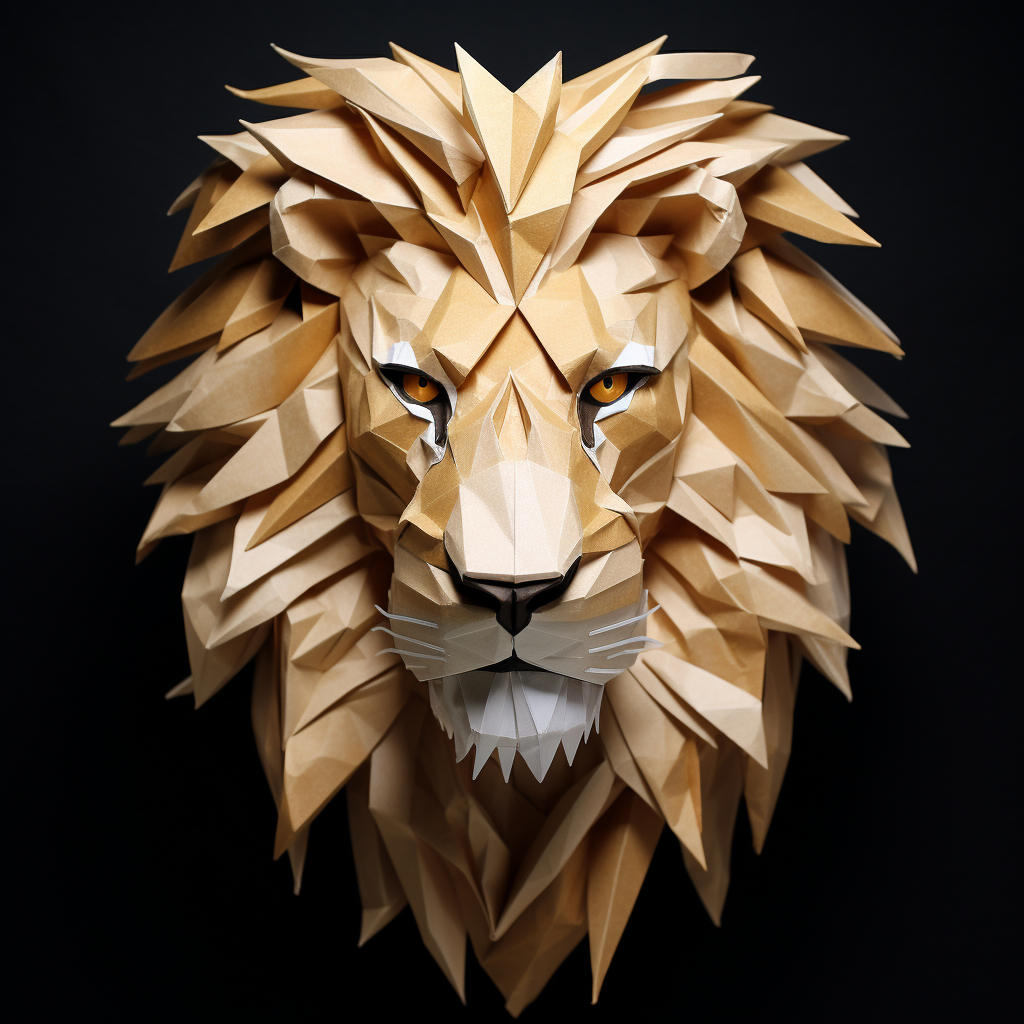


Welcome to the world of origami! If you’re looking for a creative and rewarding hobby, origami might just be the perfect fit for you. Origami is the art of paper folding, originating in Japan and spreading worldwide. It is a fascinating and versatile art form that is accessible to anyone, regardless of age or skill level.
In this beginner’s guide, we will introduce you to the basics of origami, including its history, techniques, and materials. We will provide you with the knowledge and inspiration you need to embark on your own origami journey. By the end of this section, you will have a solid understanding of the art of origami and be ready to start folding your own creations!
Origami offers a vast array of patterns and projects suitable for enthusiasts of all skill levels. Whether you’re a beginner or an experienced folder, there’s always something new and exciting to discover in the world of paper folding. In this section, we will explore several popular origami designs and provide step-by-step instructions to help you create your own.
One of the most popular types of origami is animal designs. These projects are perfect for beginners and can be completed using just a few basic folds. From birds to butterflies, you can create a range of animals using different paper sizes and colors. Here’s an example of how to fold a simple origami dog:
| Step | Action |
|---|---|
| 1 | Start with a square sheet of paper, with one side facing up. Fold it in half diagonally, crease the fold, and then unfold the paper. |
| 2 | Bring the top corner of the paper down to the center crease line. Repeat with the other top corner, forming a diamond shape. |
| 3 | Take the right corner of the diamond and fold it towards the center crease line. Repeat with the left corner. Flip the paper over. |
| 4 | Bring the bottom corner up, folding it along the horizontal crease line. Tuck the flap into the pockets created by the previous folds to form the head and body of the dog. |
| 5 | Fold the bottom corners up to form the dog’s legs. Adjust the model as necessary to create the desired shape. |
If you’re looking for a more challenging project, geometric shapes offer a great way to test your skills. These projects require more complex folds and often involve precise measurements to create symmetrical designs. Some popular geometric shapes include stars, cubes, and pyramids. Here’s an example of how to fold a simple origami star:
| Step | Action |
|---|---|
| 1 | Start with a square sheet of paper, with one side facing up. Fold it in half diagonally, crease the fold, and then unfold the paper. |
| 2 | Bring the top corner of the paper down to the center crease line. Repeat with the other top corner, forming a small triangle at the top of the paper. |
| 3 | Take the right corner of the paper and fold it towards the center crease line, stopping at the edge of the triangle. Repeat with the left corner. |
| 4 | Bring the bottom corner up, folding it along the horizontal crease line. Flip the paper over. |
| 5 | Take the right corner of the paper and fold it up, stopping at the bottom edge of the triangle. Repeat with the left corner. Tuck the flaps into the pockets created by the previous folds to form the points of the star. |

There are countless other origami designs to explore, from flowers to modular origami structures. Modular origami involves folding multiple pieces of paper and then assembling them together to create intricate designs. Whether you’re interested in traditional origami projects or modern variations, there’s something for every folding enthusiast.
Now that you’ve learned about some popular projects and patterns, it’s time to grab some paper and start folding! Remember to take your time and focus on the process, rather than the end result. With practice and patience, you’ll be amazed at what you can create with just a sheet of paper and your imagination.
Origami, the art of folding paper into various shapes and designs, has a long and rich history that dates back thousands of years. While its exact origins are uncertain, many believe that origami was first practiced in China during the 1st century AD.
Over time, origami spread to other parts of the world, including Japan, where it became a popular art form during the Edo period (1603-1867). Japanese origami masters refined the craft, developing new techniques and creating intricate designs that were passed down through generations.
Origami has also been practiced in other cultures throughout history. In Europe, it was used to create decorative objects such as boxes and napkin rings during the 17th and 18th centuries. Meanwhile, in the Middle East and Africa, origami was used to create geometric patterns and designs for textiles and architecture.
Today, origami continues to inspire people around the world, with new designs and techniques emerging all the time. Whether you’re interested in folding simple animals or creating complex geometric shapes, there’s a wealth of knowledge and history to explore in the world of origami.
Origami is not only a fun hobby but also offers a range of benefits that can positively impact one’s mental and emotional well-being. From enhancing cognitive skills to promoting relaxation, here are some of the benefits of practicing origami:
Origami requires focus, attention to detail, and problem-solving skills, which can all contribute to enhancing cognitive skills. Specifically, it can improve spatial perception, memory retention, and hand-eye coordination.
Studies have shown that the practice of origami can also increase creativity and divergent thinking. Divergent thinking refers to the ability to produce multiple ideas from one source, which can be applied to various areas of life, from problem-solving to brainstorming new ideas.
Origami can be a relaxing and meditative activity, helping to reduce stress and promote mindfulness. The repetitive folding motions can be soothing, and the concentration required can help calm the mind and alleviate anxiety.
Furthermore, the finished product of a completed origami model can provide a sense of accomplishment and satisfaction, boosting one’s mood and overall well-being.
Origami requires precise hand movements, which can improve hand-eye coordination. This skill is particularly important for developing fine motor skills in young children and can benefit individuals of all ages, including those with motor or neurological impairments.
Origami encourages creativity and self-expression, allowing individuals to personalize and modify designs according to their preferences. This can foster a sense of accomplishment and increase self-esteem.
Moreover, origami can inspire the creation of new designs and ideas, leading to a continuous and ongoing creative process.

Are you new to the world of origami and have questions about getting started? Or are you an experienced origami enthusiast seeking inspiration for your next project? Here are some frequently asked questions and answers to guide you:
There are many resources available online and in books for learning origami. Websites such as Origami Way and Paper Kawaii offer free tutorials for beginners and advanced users alike. Additionally, books such as “Origami for Everyone” by Michael G. LaFosse and “The Origami Bible” by Nick Robinson provide comprehensive guides and step-by-step instructions.
Origami tutorials for beginners can be found on websites such as Origami.me and Origami Expressions. These tutorials typically start with simple designs such as the classic paper crane and progress to more complex patterns. Additionally, many YouTube channels, such as Sara Adams’ Happy Folding, offer video tutorials for beginners.
There are many ways to find inspiration for origami designs. One approach is to explore different types of paper and experiment with different folding techniques. Additionally, many origami enthusiasts participate in online communities and forums where they share their creations and offer advice. Websites such as OrigamiUSA and Origami Spirit offer resources and inspiration for origami enthusiasts of all levels.
Don’t be afraid to step out of your comfort zone and try something new! With practice and patience, you’ll be able to create stunning origami designs in no time.